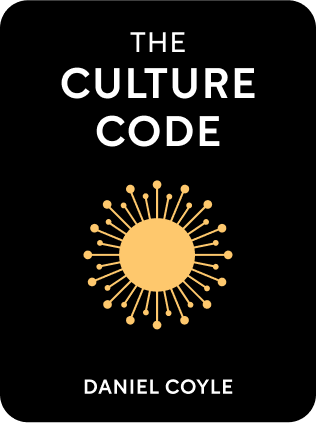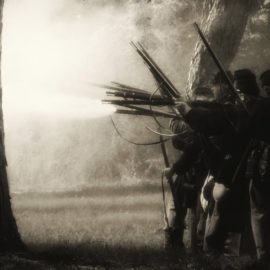

This article is an excerpt from the Shortform book guide to "The Culture Code" by Daniel Coyle. Shortform has the world's best summaries and analyses of books you should be reading.
Like this article? Sign up for a free trial here .
Are you looking for The Culture Code quotes by Daniel Coyle? What are some of his key ideas about team synergy and workplace culture?
Why do certain organizations become greater than the sum of their parts while other groups fall short? This is the question Daniel Coyle set out to answer in his 2017 book The Culture Code. The following quotes from the book highlight some of his key ideas about creating team synergy in the workplace.
Keep reading for The Culture Code quotes by Daniel Coyle.
The Culture Code: Quotes by Daniel Coyle
“Belonging cues are behaviors that create safe connection in groups. They include, among others, proximity, eye contact, energy, mimicry, turn-taking, attention, body language, vocal pitch, consistency of emphasis, and whether everyone talks to everyone else in the group.”
According to Daniel Coyle, belonging is the cornerstone of effective team collaboration. The key to cultivating a strong sense of belonging in the workplace is to infuse your working environment with a constant stream of belonging cues such as proximity, eye contact, and mimicry. On their own, these cues don’t make much of a difference, which is why it is important to integrate them into your work culture in a way that makes them an integral part of the workplace dynamics.
“High-purpose environments are filled with small, vivid signals designed to create a link between the present moment and a future ideal.”
Shared purpose is one of the central themes of Daniel Coyle’s leadership advice. He is a firm believer in creating a high-purpose environment where employees are acutely aware of the company’s end goal at all times. The key to doing that is to ensure that the company’s ideals are always on the forefront of the employees’ awareness, for example, by using catchphrases, slogans, and iconography.
“Create safe, collision-rich spaces.”
As the name suggests, collision-rich space is an environment that’s conducive to collisions or personal interactions between team members. These interactions develop chemistry between team members and create a workplace culture in which team members feel like they are a part of the whole. To create a “collision-rich” workplace:
- Keep employees’ workspaces in close proximity to one another.
- Develop communal spaces for employees to interact.
- Connect team members with one another.
- Go out of your way to interact with your co-workers and employees.
“Build a wall between performance review and professional development.”
Often, performance and development feedback are grouped into one discussion. But according to Coyle, combining these two conversations blurs your intentions and lessens impact because the conversations, though similar, occur under different pretenses:
- Performance evaluations are inescapably judgmental and high-risk. They often impact salary and promotion status and do not touch on growth or improvement.
- Professional development, on the other hand, focuses on discussing strengths and offering support for weaknesses. These discussions do not correlate to compensation and tend to feel more like a coaching session in which leadership can present opportunities for growth.

———End of Preview———
Like what you just read? Read the rest of the world's best book summary and analysis of Daniel Coyle's "The Culture Code" at Shortform .
Here's what you'll find in our full The Culture Code summary :
- Why safety, vulnerability, and purpose are at the heart of a healthy group culture
- What makes some organizations more successful as a whole
- How one of the largest unsanctioned cease fires came one Christmas Eve during WWI






